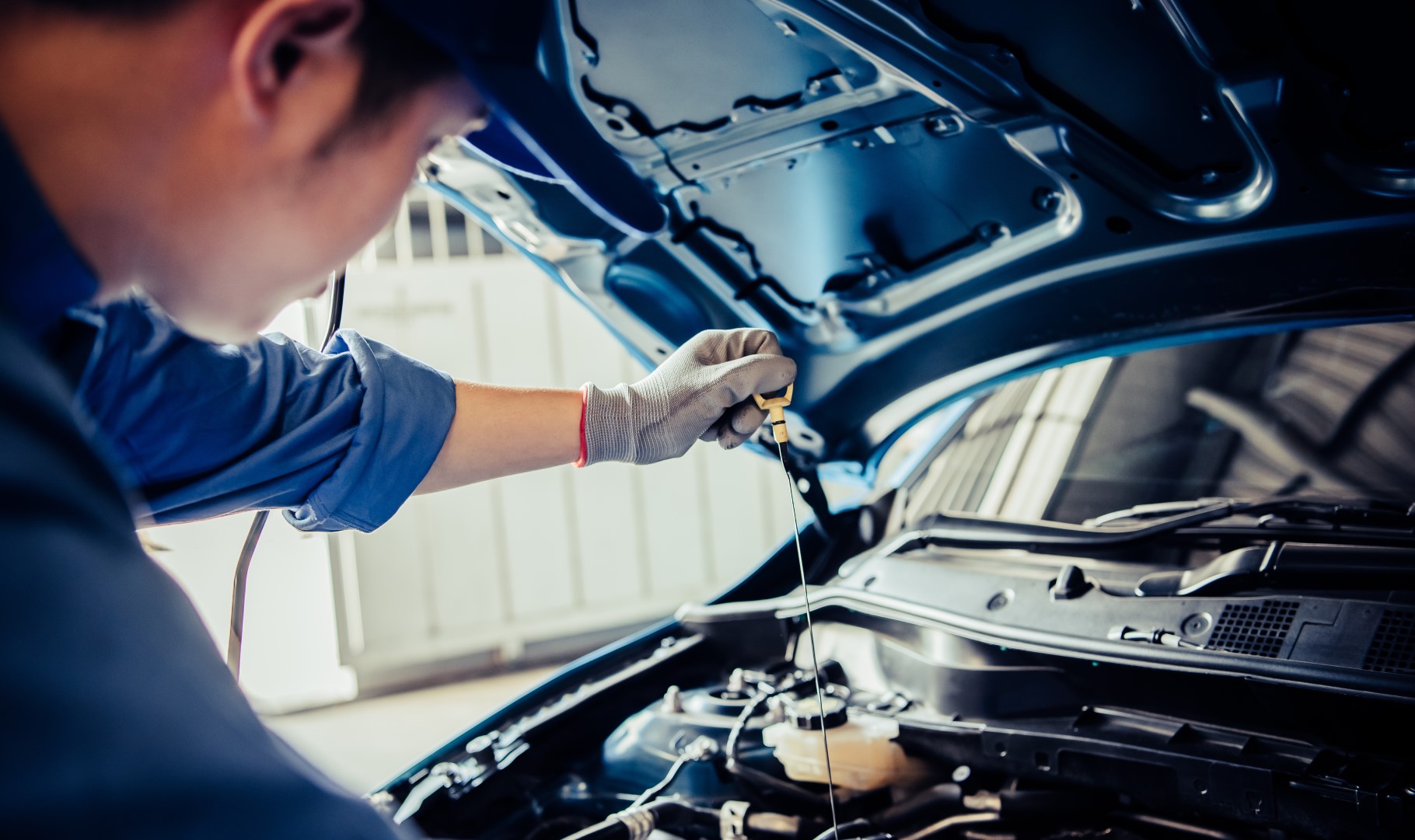Young adults should aim to understand and manage basic vehicle maintenance to ensure safety, prolong their vehicle’s lifespan, and avoid costly repairs. Doing these tasks will minimize problems while on the road and help ensure you get safely to your destination. Here’s a breakdown of what they should know and the preventative measures they can take:
1. Basic Maintenance Skills
These are the fundamental tasks every young driver should be comfortable with:
- Checking and topping off fluids
- Engine oil, coolant, windshield washer fluid, brake fluid, and transmission fluid.
- How often? Monthly or as recommended by the vehicle’s manual.
- Tire Maintenance
- Checking tire pressure using a tire gauge and inflating to the correct PSI.
- Inspecting tire tread for wear using the penny test or a tread depth gauge.
- Rotating tires every 5,000-7,500 miles.
- Replacing windshield wipers
- Should be replaced every 6-12 months or when streaking occurs.
- Battery Care
- Cleaning corrosion off terminals with a wire brush.
- Checking for a full charge if the car struggles to start.
- Changing air filters
- Cabin air filter: Every 15,000-30,000 miles or if the HVAC system smells musty.
- Engine air filter: Every 15,000-25,000 miles or as needed.
2. Preventative Measures
Taking a proactive approach to vehicle care can prevent major issues:
- Stick to a maintenance schedule
- Refer to the owner’s manual for routine services like oil changes, brake checks, and timing belt replacements.
- Watch for warning lights
- Learn what dashboard indicators mean (e.g., check engine light, low tire pressure).
- Inspect the car visually
- Look for leaks, loose components, or uneven tire wear regularly.
- Drive smoothly
- Avoid hard braking and rapid acceleration to reduce wear and tear on brakes, tires, and suspension.
3. Roadside Assistance
Even with preparation, emergencies happen. Consider these options:
- Invest in roadside assistance
- Popular programs include AAA, insurance-provided assistance, or vehicle-specific services like OnStar.
- Essential items for emergencies
- Jumper cables or a portable battery charger.
- Spare tire, jack, and lug wrench.
- Emergency kit: Flares, first aid supplies, flashlight, and water.
- Know how to handle common issues
- Flat tire: Be able to use a jack and replace a tire safely.
- Dead battery: Understand how to jump-start a car or use a portable charger.
4. Additional Suggestions
- Learn the owner’s manual
- It’s an invaluable resource for understanding the car’s needs.
- Set a budget for maintenance
- Allocate funds monthly for routine upkeep and unexpected repairs.
- Track vehicle records
- Keep receipts and records of all services performed.
- Insurance check
- Ensure adequate coverage, including collision and comprehensive options for emergencies.
By mastering these basics, young adults can drive with confidence, save money, and keep their vehicle in good shape for years to come.

